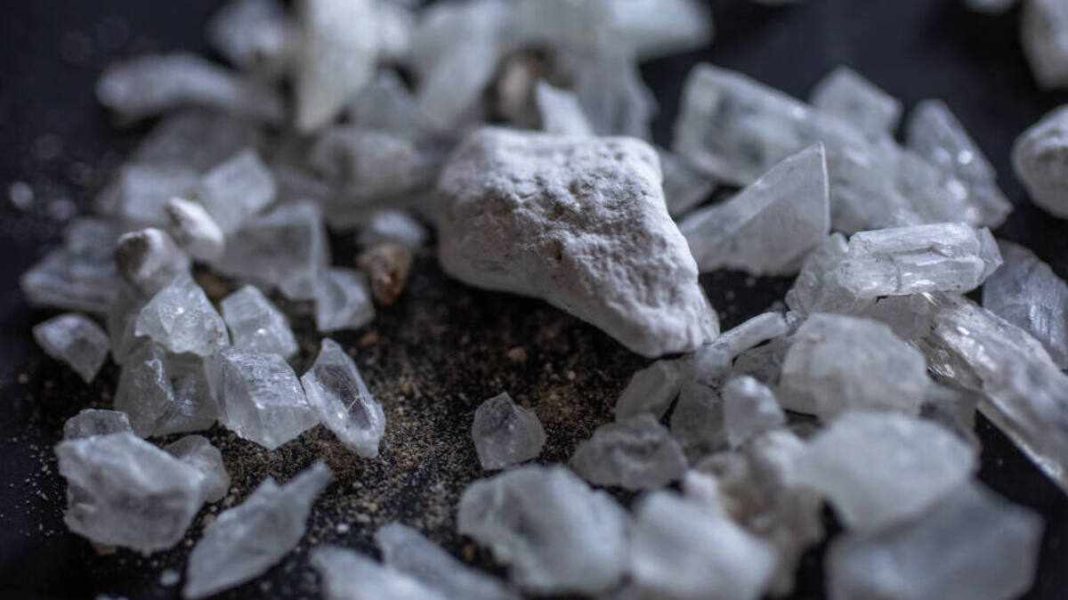The gadget industry has been flourishing in the present times, especially in the post-pandemic period. Thanks to so many discourses ranging from office work to the education sector, we are witnessing a shift towards online modulation and the rapidly growing creation of content on social media platforms. People from all over the world have been accessing the latest mobile phones and other gadgets due to technological evolution, be it for binge-watching K-dramas, the broadcasting of live streaming of the FIFA Men’s World Cup on Jio Cinema for the huge Indian market, or the continuously growing online gaming sector.
Amidst this scenario, a gigantic reserve of lithium deposits totaling nearly 5.9 million metric tons has been discovered in the Indian union territory of Jammu and Kashmir. This recent development, as conducted and confirmed by the Geological Survey of India, has the potential to turn into a game changer for the domestic as well as global market, given the impeccable requirement for this metal in the electric and electronic industries. Read on to delve further into the details of its specialties in this article.
Uses Of Lithium In The Electric-electronic Industry
Amongst several metals like copper, cobalt, tellurium, manganese, etc., that find purpose in the mechanization of different gadgets, lithium is one that needs a mention. Being a highly reactive metal, it finds inevitable usage in curating energy-dense rechargeable batteries for electronic gadgets such as cell phones, laptops, tablets, etc. Due to their high demand, newer lithium projects are being sanctioned and considered. In 2020 alone, batteries accounted for 71% of the total demand, with other negligible requirements being in ceramics and glass, casting fluxes, etc.
Apart from that, since the boom of electric vehicles (EVs) in the 1990s, the vast majority of them have only used lithium-ion batteries as a source of fuel. The Chinese market has been producing around 10,000 EVs per month since its rollout in 2015, all using lithium-ion batteries.
Why Use Lithium, Among Other Substitutes?
Lithium is not found in its natural state due to its reactivity. It is generally found in crystalline form with other rocks and minerals. Having only one valence electron in its outer shell, it can readily form ionic bonds with others. This enables it to conduct heat and electricity. Also, being the lightest weighted alkali metal, it is utilized for the manufacturing of portable devices. Lithium ions navigate from cathode to anode, then back to the cathode, thus providing easy charging and discharging. Lithium has three times the energy density of conventional lead batteries; therefore, it accepts a faster rate of current and charges quicker than the latter. For time-sensitive applications where devices and vehicles need high utilization and lower break intervals, this is quite important.
Sources: Mining Locations And Productions
All commercial lithium is produced through brines and mineral deposits (pegmatites). Brines are present in salt lakes, also known as Salars, found much below the surface. They are pumped into solar evaporation pond-type water bodies for concentration before the processing begins. Lithium is also discovered from hard rock minerals.
Australia dominates as being the largest producer, with rigorous mining done there. Lithium reserves are found in the Latin American region of Bolivia, Chile, and Argentina, commonly known as the Lithium Triangle. Bolivia has 21 MT of reserves, Argentina (19.3 MT), Chile (9.6 MT), and the USA (7.9 MT) follow. With India’s latest exploration, it can beat China’s reserves to the fifth spot, but it requires fine research and tools for cost-effective and environmentally safe techniques of extraction. Elon Musk’s Tesla is one of the biggest importers of lithium. Lithium demand has been growing at a rate of 7–10% every year, but future predictions infer a rise of 20%.
Application In Emerging Green Technologies
As termed by the United Nations as the “pillar for a fossil fuel-free economy,” lithium has been a pivotal player in the evolution and manufacturing of renewable energy technology. It has amazing potential for energy storage, which enables it to capture the energy produced through hydro, solar, and tidal power. Not only that, lithium batteries could be used later in the distribution of that stored energy long after the source stops. A good example can be solar-powered vehicles. Large wind turbines are established in major cities in the US. It is predicted that by 2030, lithium demand will see a skyrocketing surge for its application in various grid storage systems, e-bikes, etc.
Conclusion
As the world is heading towards adopting sustainable forms of energy, green technology will be in ever-increasing demand. The negotiations were undertaken in 2021 and 2022 at the UN climate conference, COP26, and COP27, and promised to attain net-zero carbon emissions goals in the near future. Another thing to be considered is the pursuit of a circular economy that produces as little waste as possible, where, instead of buying an endless number of mobile phones and later disposing of them, recycling can be a viable option. Lithium would make it possible to develop such machinery that would enable the effective usage of clean energy. It is reliable to say that both developing and developed economies of the globe are eyeing the emerging technologies made out of the metal, often considered “white gold.”
